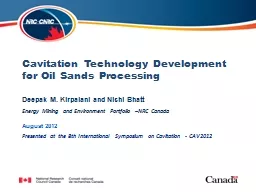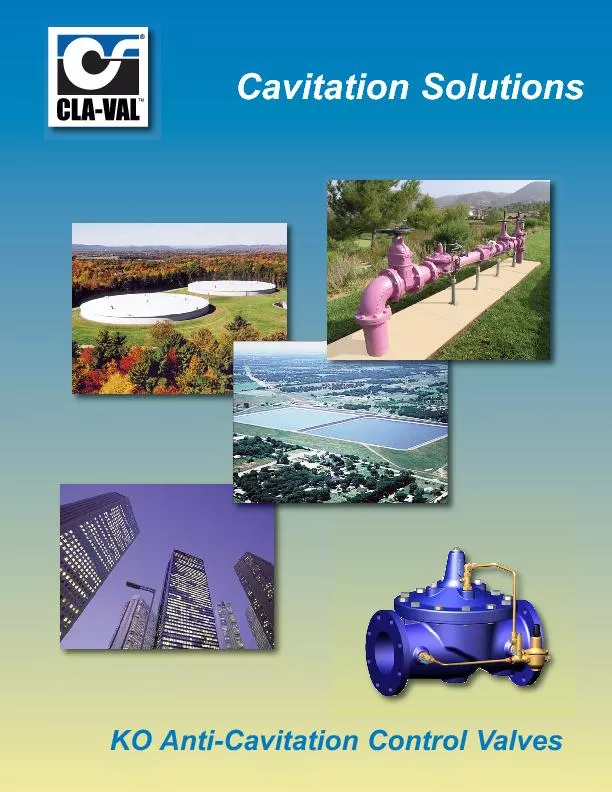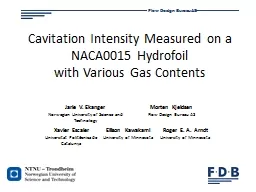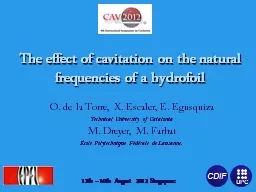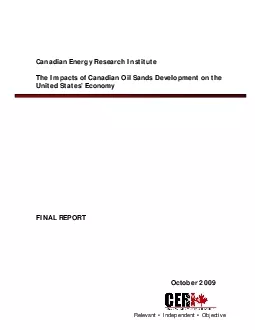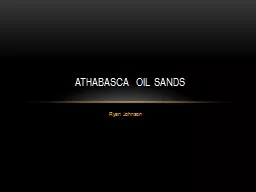PPT-Cavitation Technology Development for Oil Sands Processing
Author : cheryl-pisano | Published Date : 2016-02-29
Deepak M Kirpalani and Nishi Bhatt August 2012 Energy Mining and Environment Portfolio NRC Canada Presented at the 8th International Symposium on Cavitation CAV2012
Presentation Embed Code
Download Presentation
Download Presentation The PPT/PDF document "Cavitation Technology Development for Oi..." is the property of its rightful owner. Permission is granted to download and print the materials on this website for personal, non-commercial use only, and to display it on your personal computer provided you do not modify the materials and that you retain all copyright notices contained in the materials. By downloading content from our website, you accept the terms of this agreement.
Cavitation Technology Development for Oil Sands Processing: Transcript
Download Rules Of Document
"Cavitation Technology Development for Oil Sands Processing"The content belongs to its owner. You may download and print it for personal use, without modification, and keep all copyright notices. By downloading, you agree to these terms.
Related Documents

